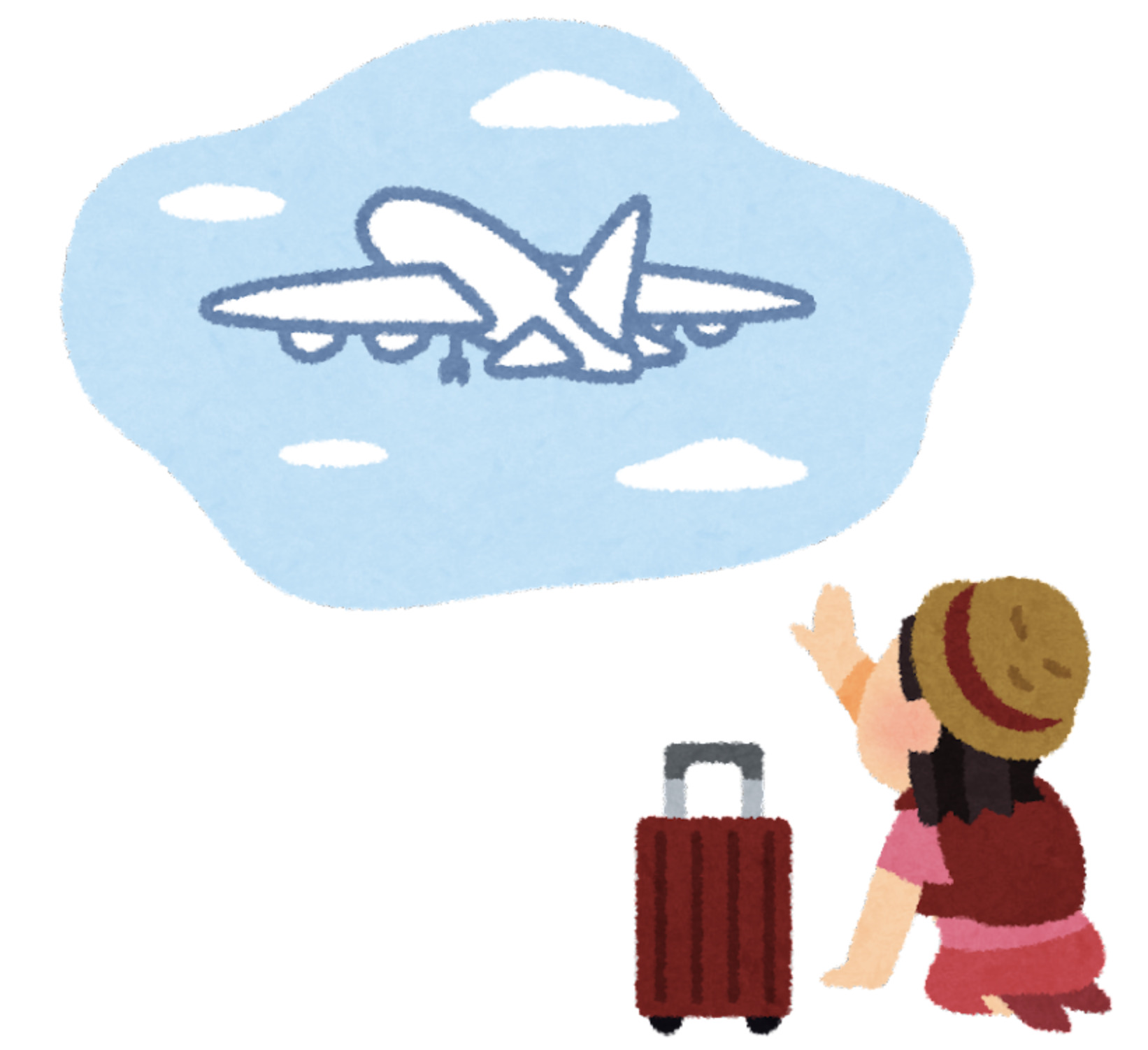Why are airline tickets so expensive in Japan?
Japanese airline fares are considered relatively expensive compared to other countries, even taking into account the high overall price level. One reason, of course, is the airline itself.
There is also the relationship between airlines and travel agents. Airlines have to pay sales commissions to travel agents, which leads to higher ticket prices. Globally, sales commissions have been reduced or even eliminated in recent years due to the progress of information technology, but the reality in Japan is that they have not yet reached the stage of drastic reduction.
Despite these circumstances, the reality is that Japan’s high airfares are largely due to policy reasons. Let us look at the high airfares in Japan from two policy perspectives.
Reasons why Japan’s airfares are extremely high:
Taxes and Public Dues
Firstly, airfares in Japan are high because the prices of airline tickets include the tax that is paid by the airline companies to the government.
The tax and public charges mainly include airport user fees and aviation fuel tax. Landing fees, which are included in airport charges, are approximately two to three times the international level, which is a heavy burden for airlines. These fees, along with other financial resources, are transferred to the Airport Development Account of the Special Account for Social Infrastructure Development Projects. This budget is used for the construction, maintenance, and improvement of airports nationwide.
Burden of maintaining public interest
Secondly, the responsibility for maintaining unprofitable routes that are of high public interest is left to private airlines, rather than being carried by the government itself.
There is a system of subsidies for the operation of remote island air routes, and a certain amount of assistance is provided for such operations, but there are still restrictions. This is in contrast to Western countries, where subsidies are provided for routes that are of public interest.
Fewer arrivals with JAL and ANA
Since Japan has only two major airlines, there is little competition, which can lead to high prices. Several LCCs indeed operate, but most of them are group companies of JAL and ANA.
Fares are lower for airlines that sell low fares, as long as they only operate on specific routes and have a good boarding rate. However, the two major airlines operate flights to a wide range of destinations throughout Japan, including remote islands, so they have no choice but to set their fares higher.
A Wide Variety of Domestic Fares
Under the regulatory and protective policies of the Ministry of Transport, airfares for domestic flights in Japan had long been regulated by the “approval system,” but deregulation began in the mid-1990s, and in February 2000, with the revision of the Civil Aeronautics Law, the approval system was replaced by a “prior notification system” that allows airlines to set and change fares freely. A succession of diverse fares was introduced.
Fares for domestic flights in Japan can be broadly classified into two types:
“Standard fares” and “Discount fares.
Standard fares are one-way fares per adult. It is often used by business travelers, as there are almost no restrictions on use, as reservations can be made on the same day, and reservations can be changed at any time. However, because of the high degree of flexibility, the fares are quite high.
Discount fares” vary widely and can be divided into several types. First, “round-trip discount fares” can be used for round-trip travel on the same route. Like regular fares, there are few restrictions, but the discount rate is small. Discounted fares and relatively easy to use are “specific flight discounts,” which are available for specific flights.
Domestic Fare System in Japan
Changes in the Fare System
In 1995, the early purchase discount fare system was introduced along with the change from an approval system to a notification system for business discount fares with a discount rate of up to 50%. In 2000, with the revision of the Civil Aeronautics Law, fares were completely liberalized by shifting from an approval system to a notification system, and various types of discount fares, such as bargain-type discount fares, were subsequently introduced.
Fare Classification
To achieve pricing for different market segments on domestic routes, fares are customized as follows
Advance purchase discount type fares
Discount fares are set on the condition that tickets are purchased earlier than the boarding date.
This type of fair is suitable for customers with high price elasticity, but often with restrictions such as not being able to change reservations, periods when boarding is not available, and a limited number of seats available.
Fares that allow changes to reserved flights
Fares that are suitable for customers whose itineraries change frequently due to the possibility of changing the reserved flight.
In many cases, there are no restrictions on the period of travel or the number of seats available.
Age-Limit Fare
Fares for customers of a certain age, such as 65 years old or older, 12 years old or older and under 22 years old, or 3 years old or older and under 12 years old. In many cases, there are restrictions such as no reservations, no boarding period, etc.
Route-specific fares
Fares are mainly set to maintain or improve the convenience of a specific region or route.
Fares applicable only to specific customers
Fares that apply only to passengers with disabilities, caregivers, or those accompanying a frequent flyer who uses an award ticket.
Fares offered to travel agencies and companies
These fares are sold to travel agencies for inclusive tours or group placements and are often at a discount. For companies that use air travel frequently, convenience is enhanced by offering coupon-type tickets, etc.
Characteristics of Domestic Fares in Japan
Domestic fares can be roughly divided into advance purchase discount fares and nonadvanced purchase discount fares, except fares that are limited to certain age groups, certain regions or routes, or certain customers. The former, together with inclusive fares, are a means of securing a comparative advantage over competing agencies by using low fares to tap latent demand among price-sensitive customers, and they also play a role in securing revenue through early ticket sales.
However, in designing the fare system, there are restrictions on route and flight selection, cancellation fees before boarding time, and other “fences” to prevent customers with low price elasticity from taking advantage of cheaper fares. The types of fences are diverse, including round-trip travel on the same route, multiple trips by the same person, advance purchase, and cancellation fees.
In particular, advance purchase discount fares can be classified into two types: fares with a uniform price per route (route fares) and fares with a different price per flight on the same route (flight fares). While route fares respond to the high or low demand of each flight by adjusting the number of seats allocated to each flight, flight fares are set at a higher price for high-demand flights and at a lower price for low-demand flights to equalize the demand of each flight and thereby increase the opportunities to offer seats. Thus, discounted fares are a major weapon in sales strategies, and airlines are characteristically differentiating their products and services and increasing their appeal to customers by giving them unique names.




Comments